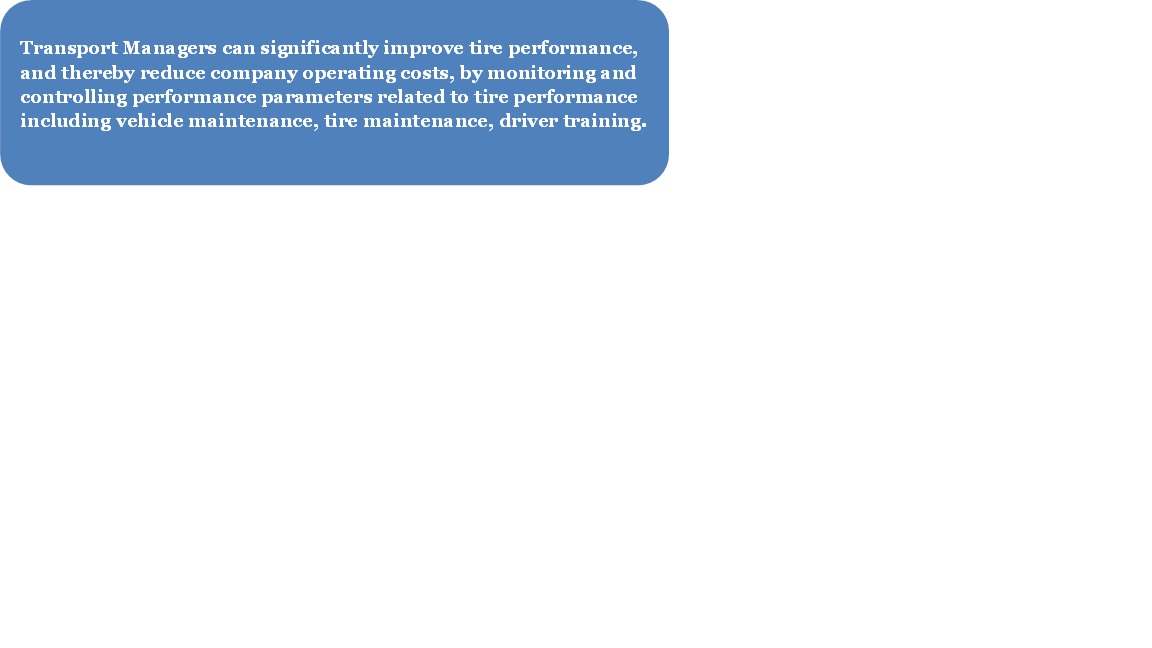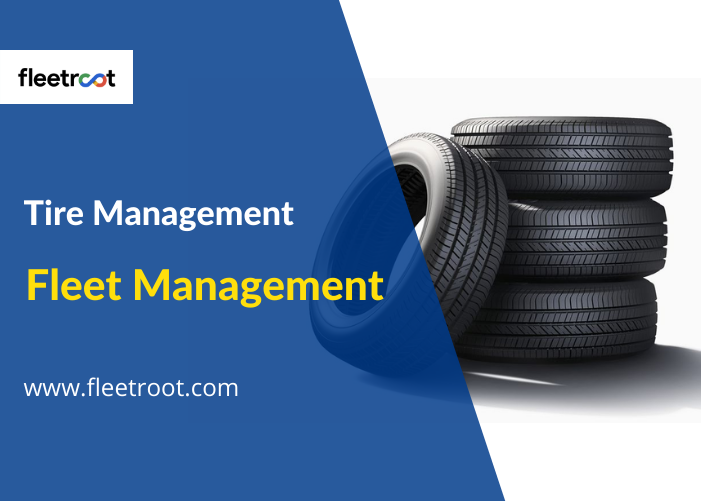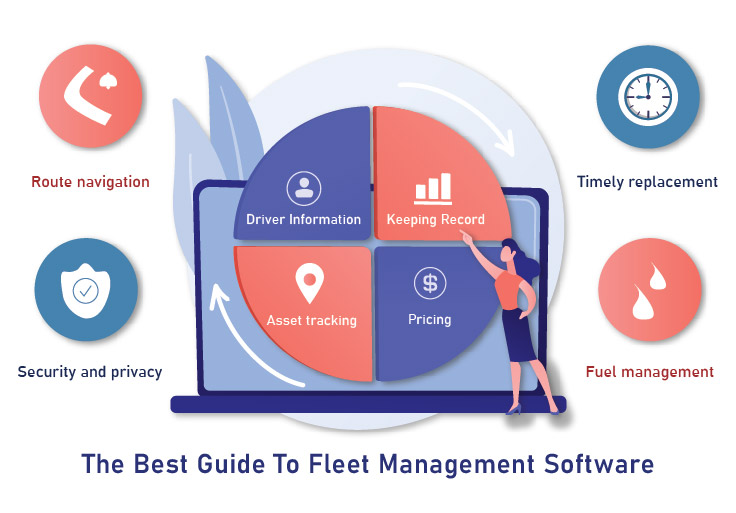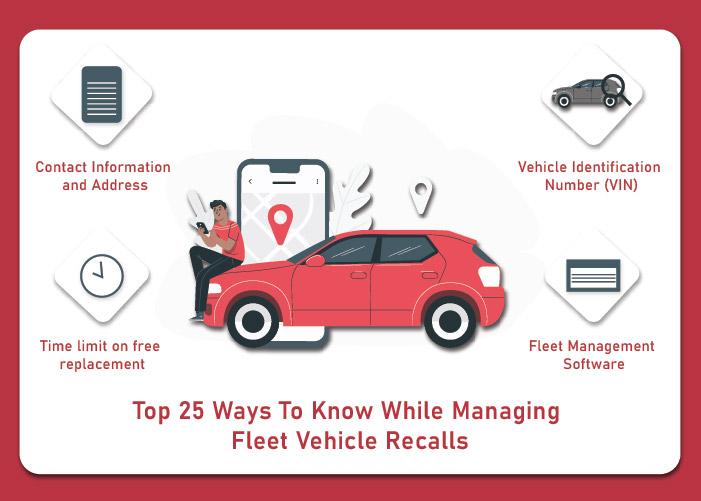Executive Summary
Vast fleets with a large number of vehicles must adopt a carefully developed Tire Management Policy. Not only does this reduce operating costs for companies but also improves their bottom-line.
Since each vehicle – and its tires – has different parameters including loads carried, road-gradients negotiated, weather conditions, trip frequency, and drivers, Fleet Managers must consider all such unique variables while outlining a Tire Management Policy.
Modern OEMs build their equipment – including tires- by including devices that record data for detailed analysis. Fleet Managers must study this data in collaboration with other relevant data about fleet vehicles while devising a Tire Management Policy.
Since data is such an important base for the successful development of an effective Tire Management Policy, Fleet Managers would be missing a trick if they didn’t utilize the services of modern automation tools such as a GPS-enabled Fleet Management System that offers a holistic, centralized system for conducting such in-depth analysis.
Effective Tire Management Policy: improve tire performance, control costs
Transport Managers of Fleet Management Companies that manage large fleets with various types of vehicles – each vehicle with different tire needs based on loads, type of cargo, routes, frequency, etc. – must put together a well thought out Tire Management Policy.
With such a Tier Management Policy to outline tire selection, load assignment, maintenance, and replacement, Transport Managers can optimize costs and performance for the entire organization. Ultimately, this leads to an increase in productivity and profitability.
Given below are leading ways to develop an efficient Tire Management Policy:
1. Establish a baseline: Conducting a thorough analysis of your current tires as well as your tire scrap is a good place to start. This will throw up common trends, including performance shortfall and good performance, and you can identify reasons for it. This helps in creating a performance benchmark for Transport Managers to get better recommendations from a tire professional for an effective tire management program. You can discuss this with your tire vendor, too.
Common signs for early failure include:
- Uneven deterioration, sidewall damage , separations, damage to lining
- Excessive loading, under/over inflating, and loading over prescribed TMPH (ton-mile-per-hour) is seen via unevenness in shoulder wear and tire-separations
- Uneven wear in the center of a tire often indicates excessive-inflation
- Chipping or tearing of treads generally mean tires of a different tread are needed
- Check wheel alignment: Ensuring that your wheels are aligned properly and the load balancers are correctly adjusted improves tire life, reduces fuel consumption, and also improves vehicle and driver safety. Regular checkups are a must.

2. Maintain a robust Tire Management Policy: Transport Managers must outline and maintain a proper tire maintenance schedule. Naturally, this will vary according to the vehicle, tire, terrain, loads, etc.
For example, you must inflate a tire to the number prescribed for each individual vehicle. Don’t blindly follow the PSI (pounds per square inch) mentioned on a tire. To maximizing tire life, ensure that you maintain proper tire pressure. A good practice is to check tire pressure whenever a vehicle is due for refueling.
Devise and follow a proper rotation schedule. Each vehicle will have different requirements.
For example, approximately 2/3 of gross vehicle weight is borne by the front tires of a 3-axle haul truck when not carrying the load. Therefore, a good time to rotate would be around the time that the front tires reach approximately 1/3rd of their projected lifetime. The weight is distributed more evenly – 1/3rd on each axle – when loaded. Fleet Managers must maintain this data for each vehicle and match it with other data such as conditions driven under, terrain, etc. and formulate rotational policies accordingly
3. Tire selection: Selection of tires affect not just replacement and operation costs but, when added up across the entire fleet – especially for large transport and distribution companies – has a direct bearing on productivity and company bottom line.
To maintain an acceptable ‘cost-per-hour, the correct tire must be selected. Tires are available across various tread designs, depths, and different compounds that are specific to the type of journey a tire will endure.
- Vehicles that need to repeatedly start and stop on hard surfaces need wear-resistant compounds. Long haul trips across freeways at high speeds require heat-resistant compounds. Uneven and jagged terrains are best negotiated with tires with cut-resistant compounds
- Another important factor in deciding tire life is tread depth. Select treads based on your usage requirements e.g. L4 or L5 is a deeper tread
4. Work with experts: After conducting the overall need analysis based on a company’s operational details, a company’s consultant/advisor (eg. tire dealer, logistics expert) could even suggest some deep-rooted changes in a company’s policies.
For example, he may find that the TMPH of a fleet exceeds that of the tire. To solve this problem, he may recommend lighter loads, lower speeds, fewer trip cycles, etc.
These solutions are often difficult to implement, and for good reason, too! Therefore, the tire expert and fleet manager must work collaboratively to arrive at an optimal tire policy. One that balances critical factors i.e. saves cost, maximizes tire life, and ultimately, improves company profitability.
5. Retreading Policy: Retreading quality has improved radically in recent years due to technological advances. At a third of the price of a new tire, it is not only a cost-effective way to extend the life of your tires but the performance matches – even, improves over – that of a new tire. It is also environmentally sustainable because you don’t discard the tire-casing. You can choose from several available casing and retread warranties.
6. Monitor closely: Several manufacturers provide tracking technologies embedded within their products in today’s scenario. This provides valuable data to transport managers to monitor key performance indicators such as TMPH.
However, additional indicators such as weight distribution, turning radius, road quality, and gradient, temperatures while traveling, and GPS tools provide transport managers with additional insight to further improve and manage their fleet tire performance.
Therefore, fleet managers should consider utilizing modern tools such as modern Fleet Management Systems that provide such first-hand data.
Tire Management using GPS enabled Fleet Management Software
As we have seen above, monitoring and improving tire performance is greatly enhanced by the availability of data.
One such tool that provides holistic data management and analytics is a modern GPS enabled Fleet Management System. Based on a centralized, online server it collects data across all important metrics of a fleet – including tire metrics – and enables Fleet Managers to constantly mine for actionable insight.
If you aren’t using one yet, you aren’t taking advantage of a superb modern tool for Fleet Management!
Conclusion: a robust Tire Management Policy not only improves tire performance but also reduces overall company operating costs, thereby improving the bottom line. It also reduces carbon footprint and it is our duty to adopt such an effective Tire Management Policy.




